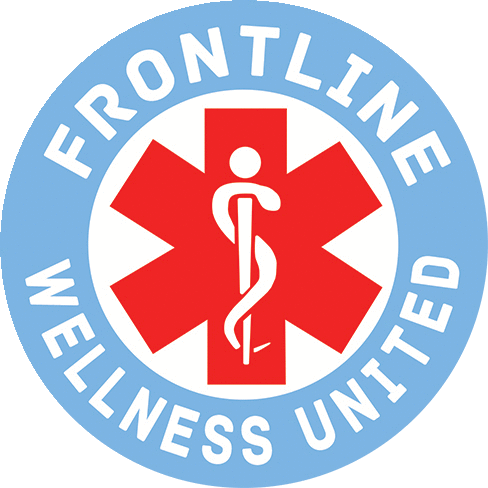Practicing applying a homemade tourniquet (pencil and cloth).
Medic's Kit: Recommended Equipment & Supplies.
Please be aware that using some types of equipment may indicate that a medic has exceeded her or his scope of practice. For example, most medics below the credentialed level of physician or nurse practitioner may not be authorized to use a scalpel to make an incision, except in the direst of circumstances, when such action may (or may not be) covered by Good Samaritan Law.
In deciding what to carry in your kit, consider the following: the types of circumstances in which your skills may be called upon, your scope of practice, cost of materials, weight and volume of your kit.
If you’re unfamiliar with how a particular item is used, it’s best to research its proper application before trying to use it.
To download this document as a PDF, click on the red button at the bottom of the page.
Supplies & Equipment
• Aspirin (81mg tablets)
• Acetominophen or Ibuprophen for pain relief
• Triangular cravat bandage
• Finger splint(s)
• SAM splint(s)
• Rolled gauze
• Steristrip-type bandages for wound closure
• Rolled, stretch-to-conform bandages
• Sterile abdominal pads
• Hydrogel-based pads
• First-aid cleansing pads with topical anesthetic
• Hemostatic (blood-stopping) gauze
• Liquid bandage
• Oval eye pads
• Glucogel-type packets or other oral glucose packets for diabetic care
• Small Knife (or multi-tool with knife; please note that in the USA a knife with a blade longer than 4 inches is considered a weapon by some law-enforcement agencies; we recommend any knife be 4 inches or less)
• Paramedic shears (blunt-tip scissors)
• Safety razor blade (or scalpel with #15 or #12 blade)
• Cotton-tipped swabs
• Standard oral thermometer
• Low-reading (hypothermia) thermometer
• Irrigation syringe with 18-gauge catheter
• Magnifying glass
• Small mirror
• Medical/surgical gloves (nitrile preferred; avoid Latex, which can provoke allergic reactions)
• CPR mask
• Blood-pressure cuff
• Stethoscope
• Tourniquet material
• Steel sewing needle with heavy-duty thread
• Needle-nose pliers with wire cutter
• Duct tape (small roll)
• Small notepad with waterproof pencil or pen
• Medical waste bag (plus box for sharp items)
• Garbage bag (for waste and for clothing exposed to chemical irritants)
• Saline solution for eyewash (treating chemical irritants)
• Soap & water (treating chemical irritants; see Frontline guidelines)
• Waterproof container to hold supplies and medications
• Emergency heat-reflecting blanket
• Headlamp (preferred) or flashlight
• Whistle (pealess is preferred)
• Personal locator beacon (particularly useful if you’re working in remote areas, or in severe weather)
• Satellite messenger
For questions or comments about Frontline’s guidelines, write to us here.

